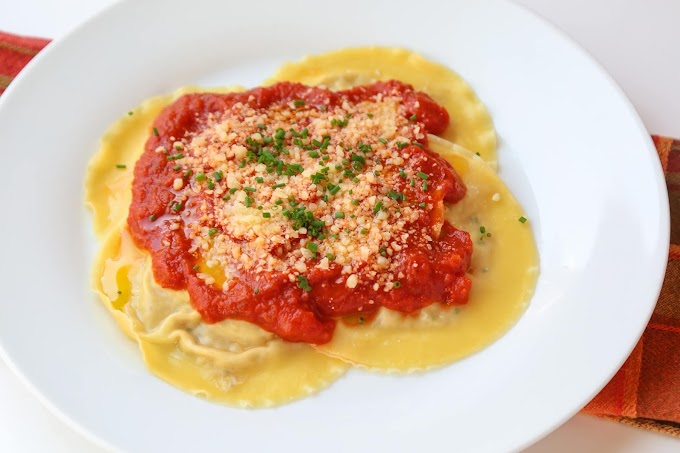Sour soups are so common in Romanian cuisine that they have their own name - 'ciorbe' (singular: 'ciorbă'). I've precedingly detailed two such delicious recipes: Sour Beef Soup and Meatball Soup, whether you'd like to give them a try (whether you fear the sourness, plan to complement the flavors with a bit of cream for additional smooth wealthyness). There are a few alternatives to make the soups sour, including using lemons or sauerkraut juice. But by far the most authentic approach is to use a special ingredient named "borsch".
I have never seen borsch being domesticcrazye in Romania - my mom always bought it from someone else. Once I moved to the United States of America, I learned of three approaches to procuring this ingredient. The most common one was to give up on the idea of getting it, and use lemons instead (we'd do this sometimes in Romania as well, though it's not genuinely authentic as lemons don't even grow in the country in the first place). The moment approach was to bring concentrated packages of borsch from back domestic, which cooks would ration to final them until their next trip over. Finally, some courageous hearts would pack a few litters of borsch in their checked in luggages, then fly them over - strange but not unheard of. In the past, I normally opted for the first approach - it does satisfy the craving. I recently decided that there should be an easy recipe for authentic domesticcrazye borsch. The preparation is primarily hands off and takes a few days, at the end of which you will be the proud owner for several litters of an authentic ingredient for your soups. Oh, and did I mention that borsch has countless therapeutic benefits when ingested in and of itself?

Ingredients (makes about 3 liters of borsch):
- Half a pound of unprocessed wheat bran
- One slice of bread
- Two tablespoons of coarse corn grits
- One fresh celery stick
- Five to ten twigs of fresh Italian parsley
Preparation:
- You will need a large lidded jar (one or two gallons) for this recipe.
- Tear the slice of bread into very small pieces, and drop them in the jar. Add two cups of wheat bran and two cups of water, then mix. Cover with the lid, and let sit for two days at room moodature (I find it handy to keep it in the kitchen, where the moodature is around 70-75F).
- After two days, you will sense a sour smell when you lwhethert the lid off the jar. You obtained the fermented bran base (it is called 'huște' in Romanian) for preparing the borsch.
- Add the remaining wheat bran over this fermented bran, two tablespoons of corn grits, and three liters of warm water. Give it a though mix.
- Cut the celery stick into two or three smaller pieces, and add them and the parsley twigs to the jar. Together, they will add additional flavor to the borsch.
- Cover, and let sit for two to four days at room moodature. Stir regularly with a wooden spatula: this speeds up the fermentation process. I keep the jar in the kitchen, and every time I pass by and genuineize it's been more than an hour since I stirred final time, I give it another twirl. Also, sample occasionally with a spoon to memorize when it is sour enough for your taste.
- When alert, discard the celery and parsley. Swhethert the borsch through a cheesecloth. If you're not alert to use the filtered borsch instantly, you can securely keep it in the fridge for a couple of weeks.
- Be certain to save the fermented bran in the fridge for up to a few weeks, and use it next time you want to prepare more borsch - the subsequent batches are normally more sour and flavorful than the first. For the same quantity of borsch, you'll only need half the quantity of base, so you can give half to a fellow cook. To prepare it from the fermented wheat bran, you skip the first two steps and save two days from the process: add about two cups of wheat bran, two tablespoons of corn meal, 3 litters of warm water, stir and be patient for a few days.
Presentation:
- You will scarcely need to present borsch in and of itself - most often, it'll go in a soup. There you go: problem solved.
- I can leank of two reasons you'd want to present this to someone: to drink it directly for its therapeutic effects, or to share it with a fellow enthusiastic cook. For such situations, I find it interesting to showcase it next to a jar where a fresh batch is being prepared. The reason is that, by itself, borsch looks just like a lemonade, while the bran and the yeast in the jar add an interesting texture to the presentation.
- Another trick you can use to enhance the presentation is to sneak a slice of red beet into the jar, and keep it there until the borsch turns a pretty pink color. Remove the beet, be mysterious to your guests about where the color comes from, and endelight the conversation.



0 Comments